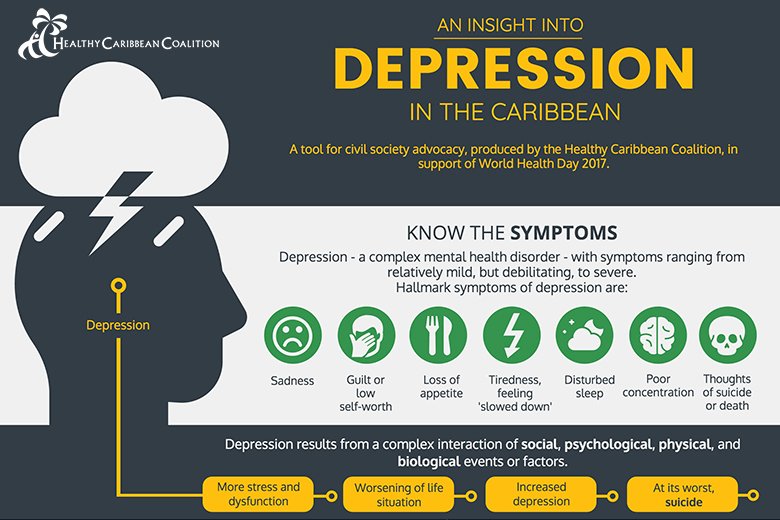Recognizing Different Kinds Of Hernias And Also The Doctor'S Role

Writer-Roy Briggs
A hernia happens when fat or part of the intestinal tract presses with muscle that needs to be holding it back. This can be uncomfortable, as well as it normally won't disappear on its own.
In some cases ruptures need to be treated operatively. That's when doctors think about alternatives like launching muscular tissues, enhancing the stomach wall surface or part separation.
Inguinal hernia
A tiny part of the intestinal tract jabs through a weak point in your stomach muscles near your groin (the inguinal canal is a flow in the lower part of your abdomen that houses capillary and nerves, including the spermatic cable for guys and the ligaments that sustain a female's womb). You can have this hernia fixed operatively.
During surgical treatment, your physician can see the hernia using a video camera attached to an extent that is placed through a number of small cuts on your stomach. An additional device might be put with the very same cuts to assist fix the hernia.
After hernia repair service, it is very important to follow your medical professional's suggestions for preventing complications. This indicates reporting any type of hernial pain or pain that comes and goes, or worsens. It's likewise vital to avoid heavy lifting and straining, specifically while you're peing or coughing. A hernia that comes to be trapped as well as pinched sheds its blood supply (it's called imprisonment) as well as can die, which is a medical emergency.
Umbilical hernia
In the womb, children go through a small opening between their stomach wall surface muscles near the tummy switch (umbilicus). Typically this shuts prior to birth, however often it does not. This creates a rupture in 20 percent of all newborns.
Umbilical hernias look like a swelling or bulge in the belly switch. They are most visible when an infant cries or pressures. The bulge will certainly get smaller sized or go away when the kid is calm. Sometimes, umbilical hernias get stuck (called put behind bars) and do not obtain sufficient blood supply. This can cause discomfort and also fatality of the tissues in the hernia sac.
Most umbilical ruptures will close without therapy by themselves by age 4. When they do not, medical professionals at Mount Sinai generally fix them with mesh. This technique is connected with fewer reappearances than key stitch repair work. The surgery is done with a small cut inside or listed below the stubborn belly switch. A surgical mesh is positioned over the hernia website to offer lasting strength.
Incisional hernia
This sort of hernia happens at the website of a previous surgical wound. https://docs.google.com/document/d/1uXqo04bJLma2O9E1fG0xzUHELSjBK7ToywpjbGYC9p4/edit?usp=sharing happens when a loophole of the intestine slides through the weakness at the edge of a surgical injury that has actually stopped working to recover correctly as a result of infection or injury.
This is an unsafe hernia since the intestine can come to be incarcerated and call for immediate clinical treatment. It can additionally cause persistent pain, and the hernia may recur even after surgery.
The specialist may make use of a slim, lighted range (called a laparoscope) to make numerous little cuts (cuts). Through these incisions, they could remove excess fat and cells around the hernia and repair the weak area of the abdominal wall. They might likewise place in a mesh patch that holds the sticking out intestine and also stops it from pushing through once more. They might close the hernia with dissolvable sutures or medical glue as well as area a plastic or mesh graft over the weak point in the abdomen.
Hiatal hernia
One of the most typical kind of hiatal hernia is a moving (type I) hernia. This takes place when the junction in between your esophagus and also tummy extends up through the gap in your diaphragm right into your breast cavity. This can create acid reflux as well as problem swallowing.
Bigger hernias, called paraesophageal (kind II, III and IV) or diaphragmatic (kind V) ruptures, can be very unsafe as well as may require instant surgical treatment. https://www.stripes.com/news/a-pain-in-the-gut-but-are-groin-hernias-really-the-cause-1.648833 can lead to lung problems and also pneumonia, or can press the stomach so tightly that its blood supply is cut off.
BWH thoracic surgeons perform laparoscopic surgical treatment to reduce the dimension of ruptures as well as to avoid strangulation. This includes making a few small cuts in your tummy and inserting a tube with an electronic camera that sends out pictures to a monitor. This permits surgeons to see what they are doing and gives a much better healing.

